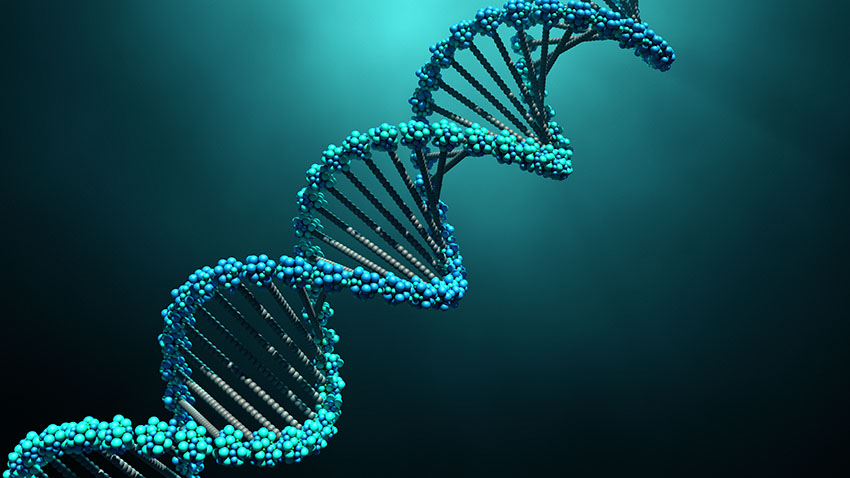Context:
Dr. Jitendra Singh, India’s Science and Technology Minister, highlighted that the Genome India project, led by the Department of Biotechnology, ensures diverse representation in its sample collection, with 36.7% from rural areas, 32.2% from urban regions, and 31.1% from tribal populations.

- Challenges in the Genome India project:
- Geographic Accessibility: Difficulty in reaching remote tribal areas for sample collection.
- Cultural and Socioeconomic Barriers: Overcoming reluctance and convincing populations to participate.
- Lack of Awareness: Rural and tribal populations had limited understanding of genetic research, making education challenging.
- Data Representation and Bias: Ensuring equal participation from all populations to avoid bias.
- Logistical Constraints: Limited access to healthcare infrastructure and skilled professionals in remote regions.
Key Achievements of The Genome India Project
- Over 19,000 blood samples have been collected, nearing the 20,000 targets, and are stored in the Genome India Biobank for future research breakthroughs.
- Achieved the milestone of completing whole-genome sequencing of 10074 samples covering 99 ethnic groups.
- In Phase 1, scientists analyzed 5,750 samples, uncovering unique aspects of the genomic structure of Indians.
- The genome data is now available at the Indian Biological Data Center (IBDC) in Faridabad, Haryana.
About Genome & Genome Sequencing
- Genome
- The human genome is the instruction manual of our life. It is made up of DNA, represented by four letters (nucleotides) A, C, G, and T. This genetic script, making up the human genome.
- The genome of an individual is embedded in the 23 pairs of chromosomes contained in each cell of the individual.
- In the complex process of heredity, we inherit our genomes from both parents—half of our DNA comes from our mothers, and half from our fathers. This genetic inheritance shapes the core of our identity.
- Genome sequencing
- It is a laboratory technique used to determine the complete genetic makeup of a particular organism or cell type. This method can identify changes in the genome, which may assist scientists in understanding the development of specific diseases, such as cancer.
- Genome sequencing techniques: shotgun sequencing, Sanger method, Roche 454 Method, Ion Torrent Method, Clone-by-clone sequencing.
Applications of genome sequencing
- Food safety: Genome sequencing can help identify foodborne pathogens, trace outbreaks, and monitor the persistence of pathogens in the environment.
- Identify suspects: By sequencing DNA samples from a crime scene and comparing them to DNA profiles in databases, investigators can identify matches or inconsistencies.
- Medical Diagnosis and Personalized Medicine: Identifying genetic disorders and mutations and tailoring medical treatments based on individual genetic profiles (personalized medicine).
- Agriculture and Food Security: Enhancing crop yields and resistance to diseases through genetic modification.
- Family-based studies: Genome sequencing can be used to detect variants contributing to disease in families affected by genetic disorders.
- Environmental Conservation: Assessing the impact of climate change on genetic diversity.
Some genome sequencing initiatives across the globe
| Human Genome Project (HGP) | U.S launched it in 1990 and completed in 2003.Generating the first sequence of the human genome. |
| IndiGen (2019) | The Council of Scientific and Industrial Research (CSIR) led initiatives.To sequence approx 1,000 Indians genomes. |
| Global Alliance for Genomics and Health (GA4GH) (2013) | It is a non-profit alliance that establishes standards to promote the use of genomic data within a human rights framework. |
| 1000 Genomes Project (2008-15) | It is an international public-private consortiumCollaborative effort between National Center for Biotechnology Information (USA) and Amazon web service (AWS). |
| Human Heredity and Health in Africa (H3Africa) (2022) | It is an international genome project-turned-biobank that helped bring African genomes to the international stage. |
Conclusion
In conclusion, the ‘Genome India’ project is set to play a pivotal role in transforming India into a global leader in genomic research. By fostering a knowledge and innovation ecosystem, this initiative will contribute significantly to India’s vision of becoming a developed nation by 2047. The focus on pro-people governance, digital infrastructure, and the genomic data bank will empower India, positioning it at the forefront of the upcoming scientific and medical advancements.

